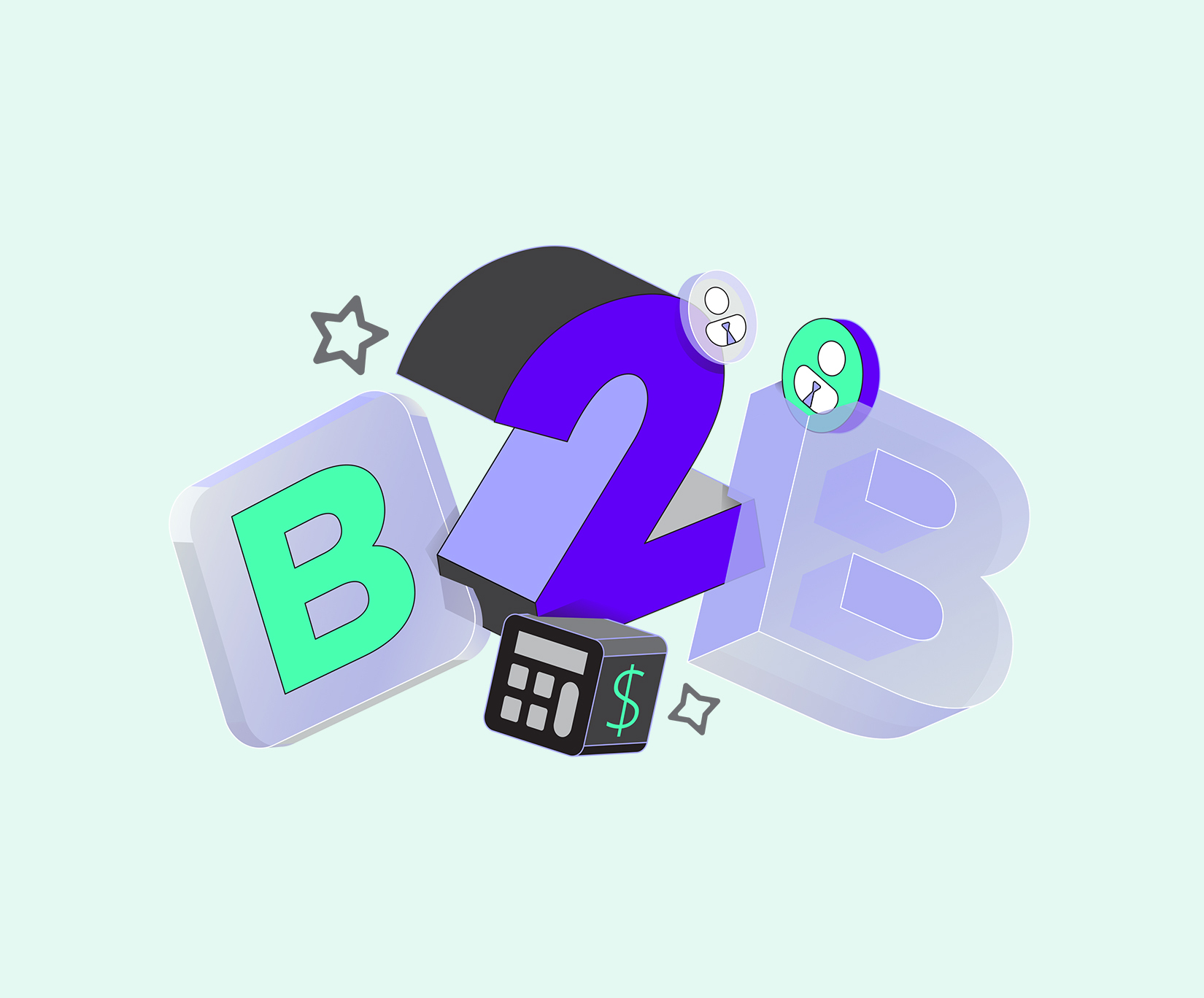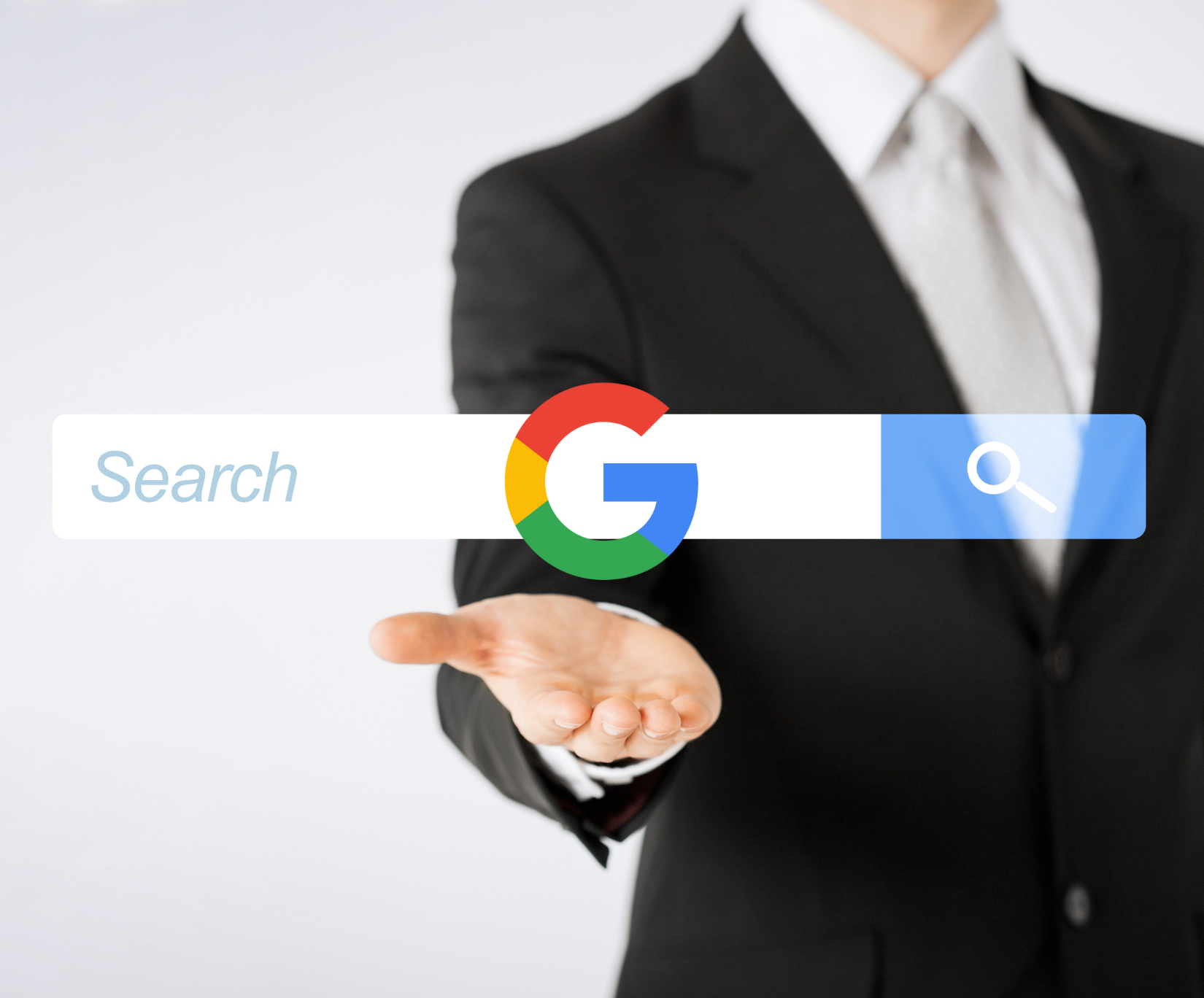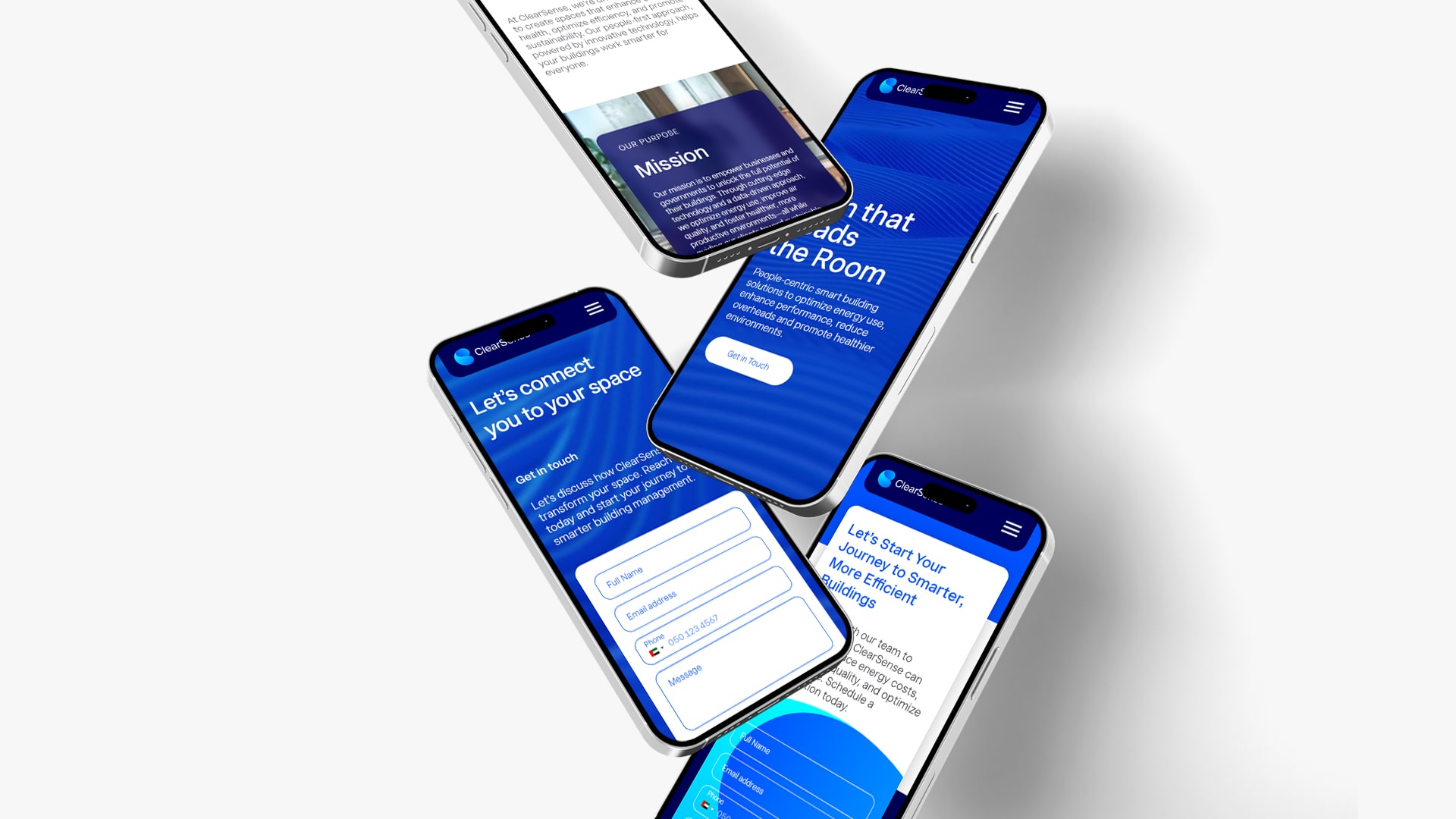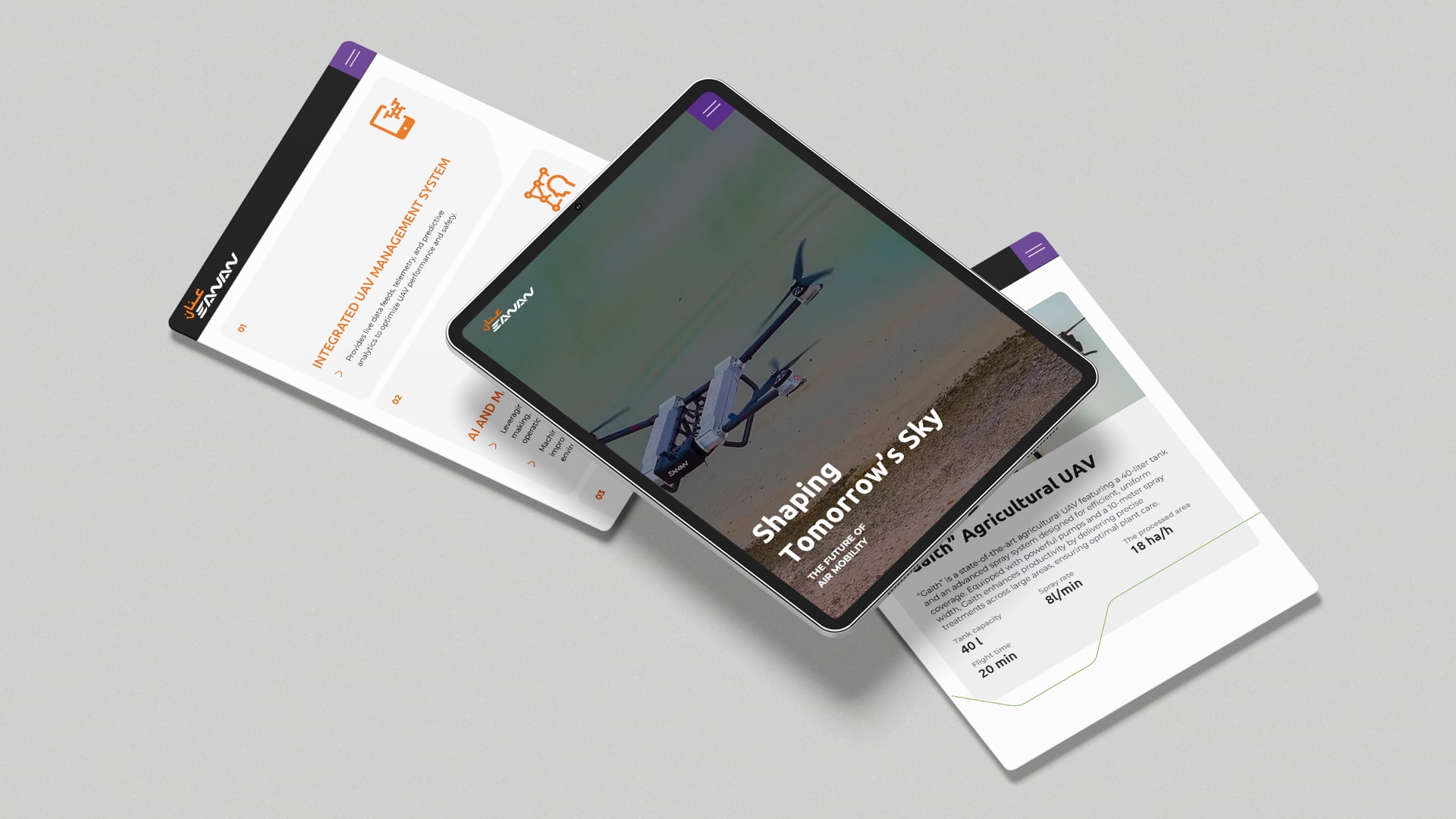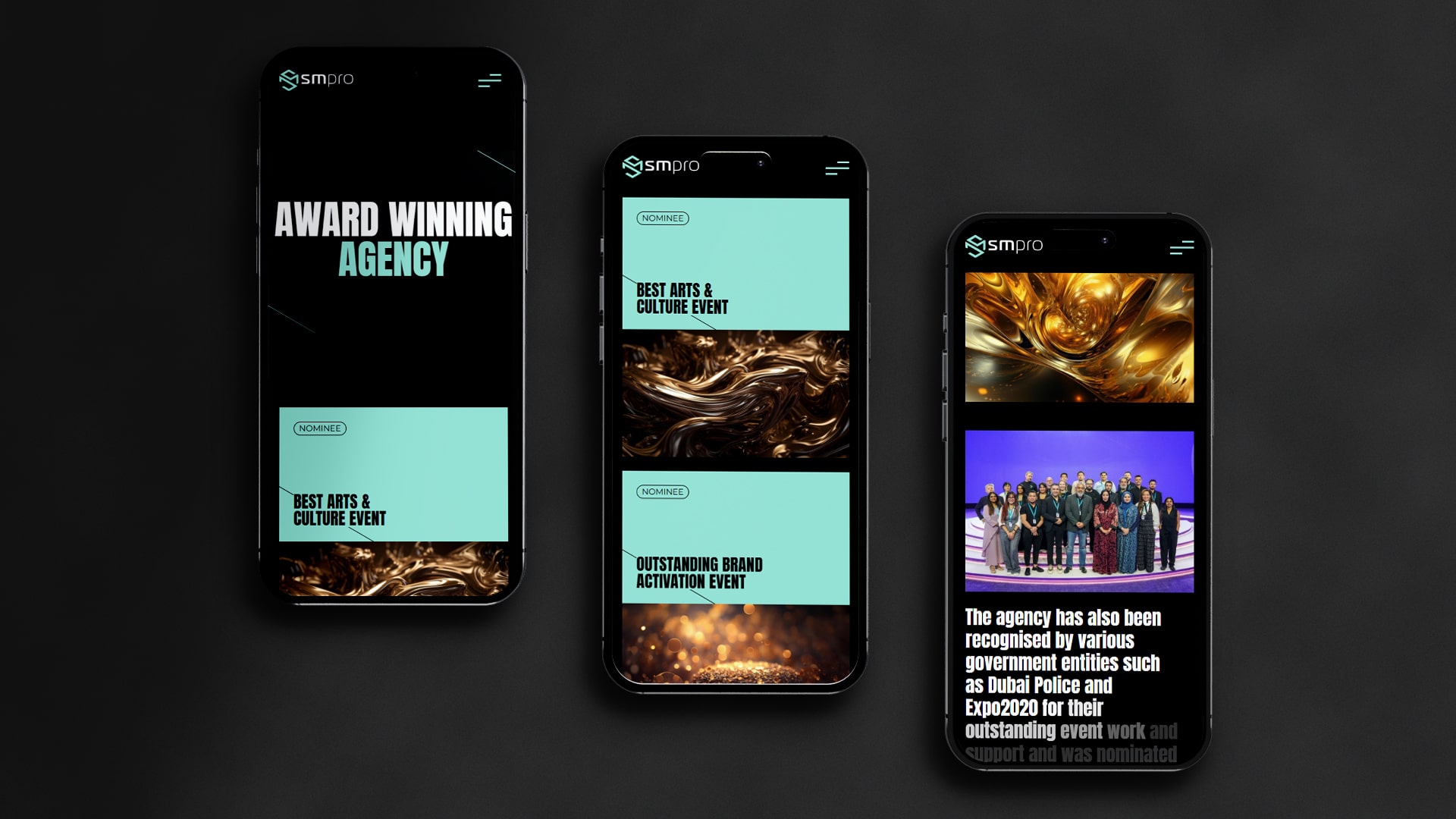1. Introduction: The Map Has Been Redrawn
Let’s be honest – the straight-line sales funnel we all learned about doesn’t really exist anymore. Today’s B2B buyer journey looks less like a neat path and more like a web of connections. Buyers might read a case study, then jump to a pricing page, then watch an explainer video, all before even thinking about talking to sales.
This isn’t necessarily bad news – it’s just different. When we understand how people actually research and make decisions today, we can be there to help when they need it. At GTECH, we’ve found that being helpful at the right moments matters more than having the loudest voice in the room.

2. How the Modern B2B Buyer Journey is Different
Think about the last time you researched a significant purchase for your business. You probably didn’t follow a straight path – and neither do your potential customers. Today’s B2B buying behavior has some clear patterns that are worth understanding.
First, it’s messy and non-linear. Someone might download a whitepaper, then three weeks later watch a product demo, then go back to read customer stories. Second, people do their homework quietly – they might visit your site multiple times before ever filling out a form. This makes thoughtful B2B lead generation SEO more important than ever.
Finally, decisions rarely sit with one person. Different team members care about different things – the technical lead wants to know about integration, while the finance person cares about ROI. Your content needs to speak to all of them.
3. The Key Stages of the Modern B2B Customer Journey
While the journey isn’t linear, people still go through recognizable phases. Understanding these B2B customer journey stages helps us provide the right kind of help at the right time.
Customer Journey Stages and What Helps at Each Stage
| Stage | What They’re Thinking | What Might Help |
|---|---|---|
| Awareness | “I have a problem to solve” | Helpful articles, industry insights |
| Consideration | “What are my options?” | Case studies, comparison guides |
| Decision | “Who should I choose?” | Demos, specific answers to their questions |
| Ongoing | “How do we succeed together?” | Onboarding support, best practices |
The goal isn’t to push people through these stages, but to have useful information ready whenever they need it.
4. Differences in B2B vs B2C Buying
It’s easy to think that all customers are the same, yet the way B2B and B2C customers buy is really different. Knowing these differences helps us talk to company buyers in a way that makes sense to them.
When it comes to B2B decisions, logic typically comes first, but when it comes to B2C decisions, emotion usually comes first. When a company buys something, there are usually a lot of people involved, and each one has their own worries and objectives. It takes longer, requires more investigation, and requires cultivating trust over time.
This knowledge should help you change your B2B marketing strategy. It’s not about getting quick wins; it’s about creating connections and giving demonstrable value at every point of contact.
5. How to Change Your B2B Marketing Plan for 2024
Changing your B2B marketing approach doesn’t mean getting rid of what you know; it’s more about changing how you look at things. Instead of focussing on what you want to sell, think about what your potential buyers need to know.
Start by looking at the content you already have. Does it answer the questions people have at different stages of their journey? Are you creating material that helps technical teams understand implementation while also giving financial decision-makers the information they need?
Good B2B lead generation SEO means thinking about what people are actually searching for when they’re trying to solve business problems. Sometimes, the most valuable content isn’t about your product at all – it’s about helping people do their jobs better.
6. Adapting the B2B Sales Process for the New Reality
Adapting the B2B sales process is really about changing how we have conversations. When someone finally does reach out, they’ve usually done their homework. The most effective sales conversations we’ve seen feel less like sales pitches and more like problem-solving sessions.
Then vs Now: Evolving Sales and Marketing Approaches
| Then | Now |
|---|---|
| “Here’s what we offer” | “What challenges are you facing?” |
| Following a script | Having a real conversation |
| Working alone | Collaborating with marketing |
| Pushing for a close | Helping them make the right decision |
When sales and marketing share what they’re learning about customer questions and concerns, everyone does their job better. This alignment makes adapting the B2B sales process feel natural rather than forced.
7. How GTECH Will Help You Along the Way
We at GTECH see ourselves as partners in figuring out these developments. As a digital marketing agency in the UAE, we’ve helped businesses figure out how to handle this new circumstance. We’ve learned that the key to success is to listen to your customers and figure out how they genuinely make decisions. We work on making B2B digital marketing strategies that seem human and useful. This could mean making your B2B lead generation SEO better so that people can find you when they are looking for answers, or making content that really answers the questions that different team members have during their evaluation process.
If you’re interested in how your current method fits with how people buy things these days, we’d be happy to talk. Sometimes just talking about what you’re seeing can help you understand it better.
8. Figuring Out What Really Matters on the New Journey
The old metrics, like website visits or even lead volume, don’t tell the whole story anymore because the B2B buyer journey is more complicated. It’s important to keep an eye on signs that you’re making real progress and building real relationships.
Instead of just counting clicks, you might want to pay more attention to:
- Engagement Depth: Are people spending more time on important pages, downloading more than one resource, or coming back to your site often? This shows that people are becoming more interested.
- Stage-by-stage performance of content: Is your “Consideration Stage” webinar really getting people to ask for a demo? Not just views, but also how content affects progress.
- Engagement at the Account Level: Look at all the activity from all the contacts at a target company instead of just one lead. This helps you see how the buying committee is coming together.
Changing how you measure things is a big part of adapting your B2B marketing strategy. It shifts the focus from short-term tasks to building long-term relationships, making sure that what you do is in line with how deals are really made today.
9. Mistakes to Avoid When Adapting
Change can be hard, and it’s easy to make mistakes when changing the B2B sales process and marketing. We’ve noticed a few common mistakes that can make things take longer.
Making content for stages but not for different roles is a big mistake. You might have a great technical case study, but nothing for the person in charge of the budget who cares about ROI. Another is treating SEO as a one-time project rather than an ongoing conversation with your market. B2B lead generation SEO needs constant refinement as search behaviors evolve.
Perhaps the most common error is having sales and marketing work in separate silos. If marketing is generating leads based on new journey insights, but sales is still using old, aggressive scripts, the potential customer feels a jarring disconnect. Alignment isn’t just a buzzword; it’s what creates a smooth and trustworthy B2B buyer journey from start to finish.
Conclusion: Adaptation is Not Optional
The B2B buyer journey has changed, but that doesn’t mean it’s become impossible to navigate. We just need to be more patient, helpful, and thoughtful. Successful organizations will be those oriented on service and understanding rather than just selling.
The change should not be about following trends when you address your B2B sales methodology and marketing techniques. It should be about understanding how consumers want information and how they make decisions differently today.
At GTECH, a leading digital marketing agency in UAE, we believe adaptation isn’t just a choice, it’s a necessity. By observing these changes and offering genuine value instead of pressure-driven tactics, businesses can build long-term trust and meaningful relationships with their audiences.
Related Post
Publications, Insights & News from GTECH


